addictivekaos
4K posts
Addictive is our attitude, Chaos is our culture
Don't wanna be here? Send us removal request.
Text
https://youtube.com/@RooftopTales
#ThrillingMysteries #SpookyVideos #Creepypasta #DarkSuspense #HorrorShortFilms #BestHorrorScenes #TopThrillerMoments #NightmarishStories #EerieAtmosphere #HorrorReviews #TrueCrimeCases #CryptidMyths #HorrorGameplays #SinisterPlots #HorrorBookRecommendations #ScaryStorytelling
1 note
·
View note
Text
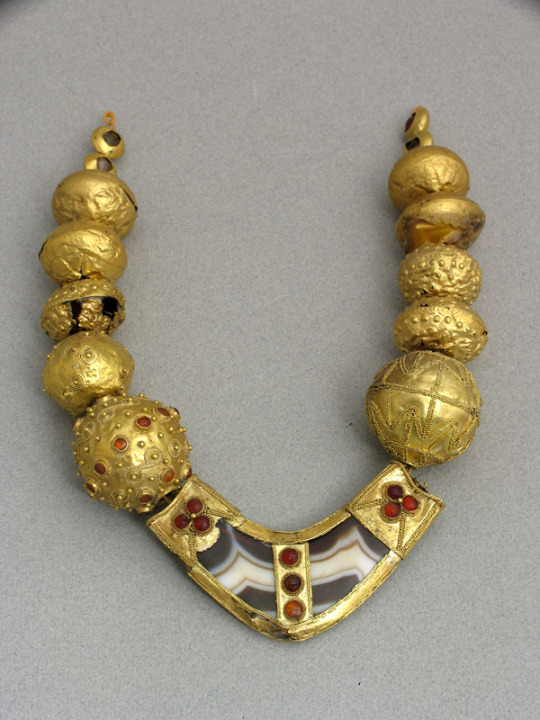
Gold necklace with agate and carnelian, Georgia, 18th-17th century BC
from The Georgian National Museum
345 notes
·
View notes
Text
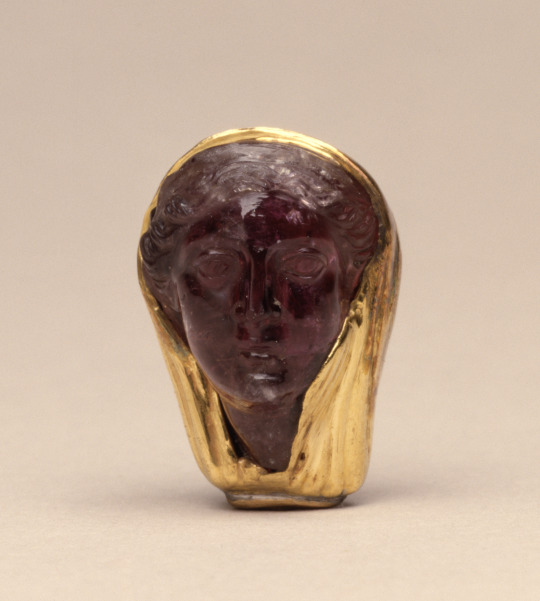
Amethyst carving of Queen Arsinoe II set in a gold mount, Ptolemaic Egypt, 3rd century BC
from The Walters Art Museum
1K notes
·
View notes
Text

Gold swivel ring with rock crystal frog intaglio, Greek, 6th-5th century BC
from The Walters Art Museum
2K notes
·
View notes
Photo

Gold wreath of a Thracian aristocrat (ca. 4th century BCE) from Golyamata Mogila (Bulgaria)
3K notes
·
View notes
Text

Gold necklace with amethyst, garnets, and glass stones, Georgia, 2nd - 3rd century AD
from The Georgian National Museum
536 notes
·
View notes
Photo

Item: apparently in ancient Rome fighters would take leather straps, line them with iron studs, and wrap them around their fists to make their punches deal more damage
2K notes
·
View notes
Text
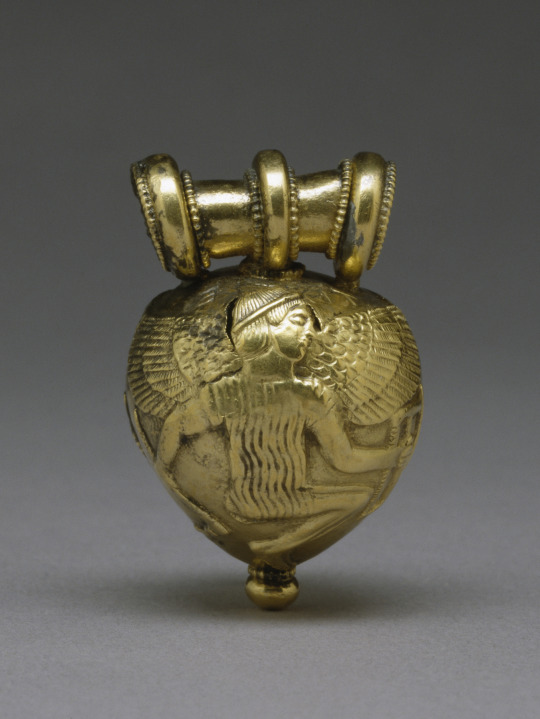
Gold pendant with Daedalus and Icarus, Etruscan, 5th century BC
from The Walters Art Museum
337 notes
·
View notes
Text

Banded agate intaglio depicting Herakles killing a serpent, set in a gold swivel ring, Etruscan, 400-375 BC
from The J. Paul Getty Museum
175 notes
·
View notes
Photo

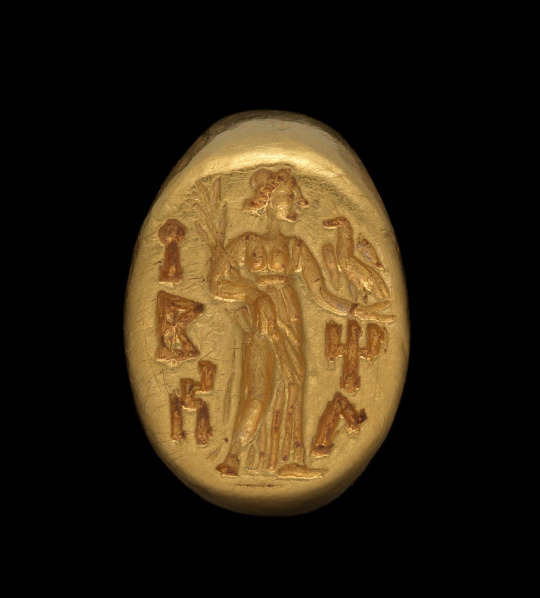
خاتم ذهب يماني يصور امرأة تمسك غصن في يد وطائر في اليد الأخرى، حوالي القرن الثالث م
Yemenite gold ring depicting a woman holding a branch in one hand and a bird in the other, circa 3rdC CE
966 notes
·
View notes
Photo
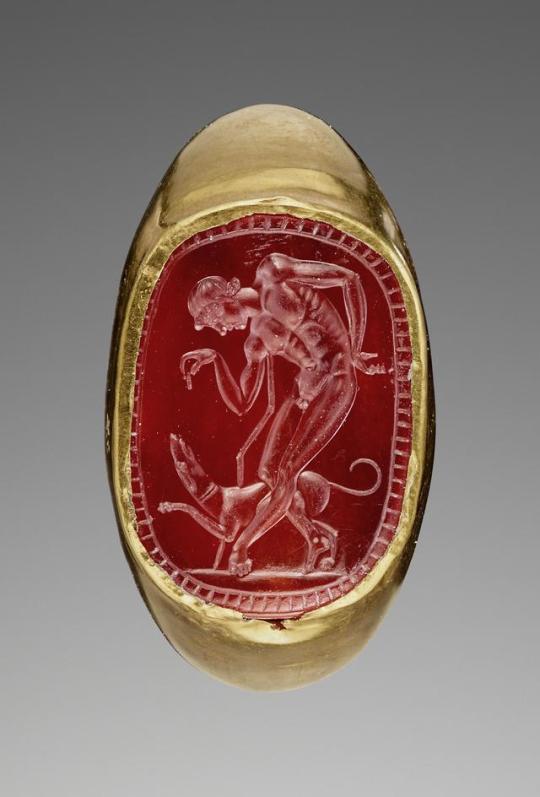
Engraved gem (Gold, carnelian) with a youth and his dog inset into a hollow ring, Italy 3rd–2nd century BCE[2034x3000]
2K notes
·
View notes
Photo
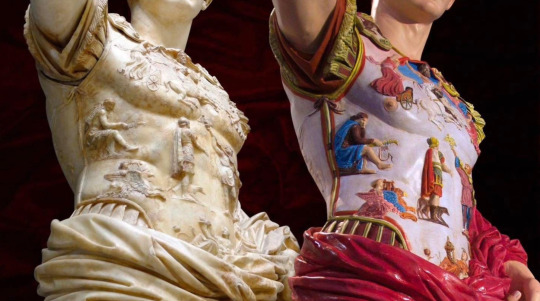
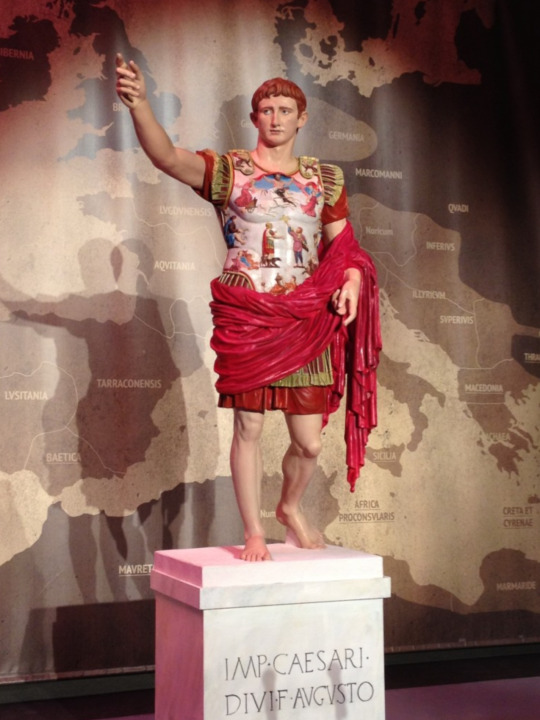

Augustus of Prima Porta (1st Century) and the reconstruction of its original colors.
Emma Zahonero and Jesús Mendiola, from the MV Arte Fine Arts and Restoration Workshop, have been in charge of restoring the colors to the Augustus of Prima Porta sculpture, in a laborious process that has lasted exactly three months, without counting the time dedicated to the research and documentation The amazing reconstruction was done in 2014, due to the 2000th anniversary of the first Roman Emperor’s death. The statue of Augustus of Prima Porta is therefore probably the most accurate polychrome recreation of those that have been made to date based on scientific and archaeological investigations. The Augustus of Prima Porta is a statue of Caesar Augustus that was discovered on April 20, 1863 in the Prima Porta villa, belonging to Livia, Augustus’s wife, on the outskirts of Rome.
Both the sculptures and the temples and monuments of the ancient world were not without color as has been believed for centuries. Even today it is hard for us to imagine those statues, columns, obelisks, pyramids and legendary temples, full of color. But they were very colorful; The colors of the statues’ clothing, footwear, skin, and hair were accurately represented. The time made those colors fade. During the Renaissance, a cultural movement in Western Europe, whose idea was to revive Greco-Roman art, wonderful statues without the slightest color were sculpted in marble because they did not know that ancient statues had colors that had disappeared. In these pictures we can see a faithful reconstruction of how the ancient Romans saw one of the famous sculpture that depicts the young Emperor Augustus.
262 notes
·
View notes
Text
Hollywood has no concept of what 5th century Romans looked like. If I'm watching a movie about the final days of the Western Roman Empire, I should be seeing zero togas. It's like if you made a movie about the Trump administration, you wouldn't have people dressed like the founding fathers. That's how wrong it is.
This is what 5th century Romans looked like:

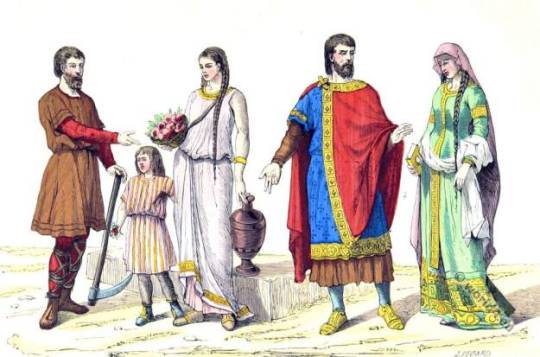
I think the problem is that pop culture has this theme park version of history that treats time periods like distinct worlds with no fluidity between them. In Roman Times, people dressed like this vs Medieval Times when people dressed like that. But that is obviously not how time works. The end of the Western Roman Empire led directly into and overlapped with the Middle Ages, and the aesthetics we associate with medieval Europe were already long established.
On a related note, the "barbarians" didn't dress like you think they did either. Less of this:


More of this:

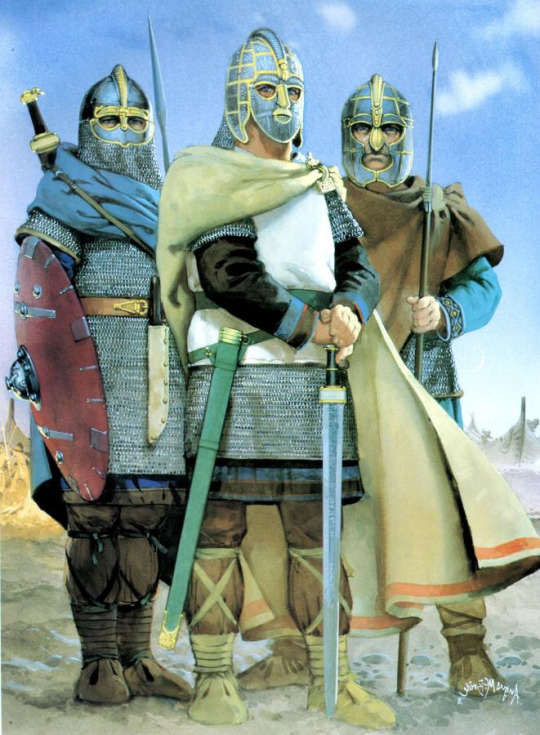
(Art by Angus McBride)
Again, the end of the Western Roman Empire was the beginning of medieval Europe, and it already looked like it.
The notable exception was the Franks, who apparently really did dress like that:

There really is an exception to everything, and it's usually the French.
29K notes
·
View notes
Text
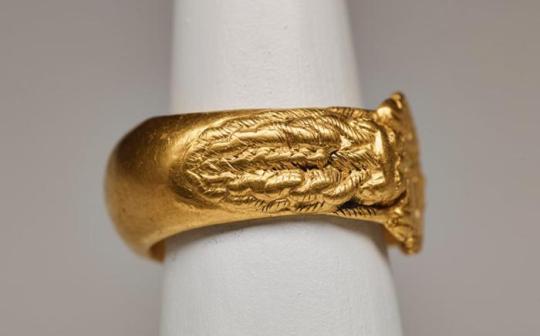
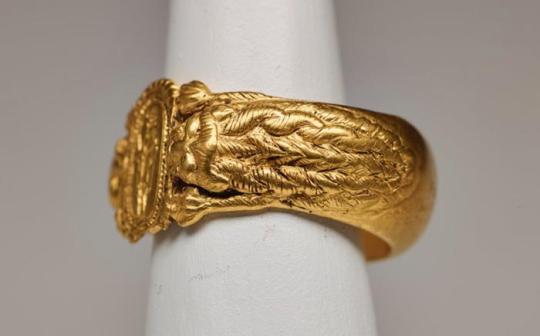
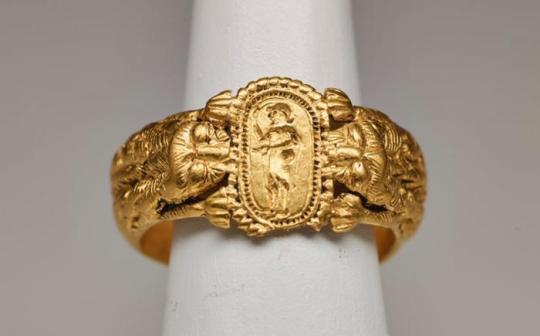
~ Lion ring.
Culture: Etruscan
Date: early 5th century B.C.
Medium: Gold
1K notes
·
View notes
Text


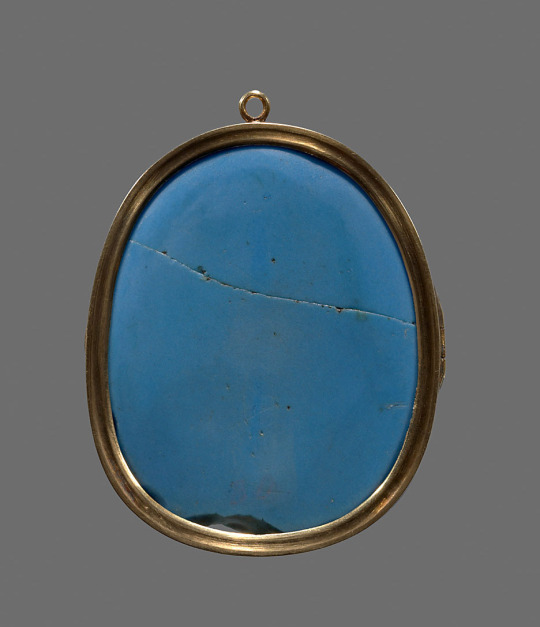
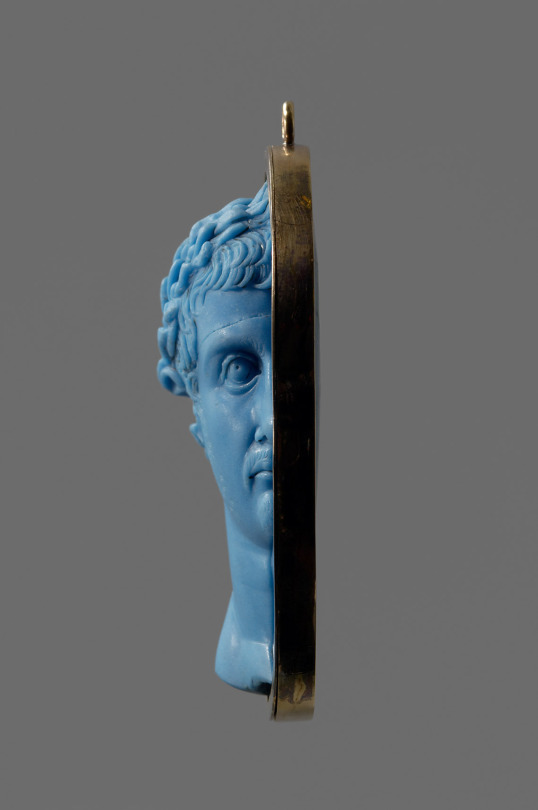
~ Glass cameo of Herophilus.
Culture: Roman
Period: Early Imperial Period
Date: ca. A.D. 20
Medium: Glass paste, turquoise blue. Modern setting: gold ring.
2K notes
·
View notes
Photo

Homecoming… Posters/Prints Available Now!! . . . . . . . . . . . . . . #aiart #art #ai #digitalart #generativeart #artificialintelligence #machinelearning #aiartcommunity #abstractart #nft #aiartists #neuralart #vqgan #ganart #contemporaryart #deepdream #artist #nftart #artoftheday #newmediaart #nightcafestudio #aiartist #modernart #neuralnetworks #neuralnetworkart #abstract #styletransfer #stylegan #digitalartist #comic https://www.instagram.com/p/Cnc7PC4JJ42/?igshid=NGJjMDIxMWI=
#aiart#art#ai#digitalart#generativeart#artificialintelligence#machinelearning#aiartcommunity#abstractart#nft#aiartists#neuralart#vqgan#ganart#contemporaryart#deepdream#artist#nftart#artoftheday#newmediaart#nightcafestudio#aiartist#modernart#neuralnetworks#neuralnetworkart#abstract#styletransfer#stylegan#digitalartist#comic
2 notes
·
View notes